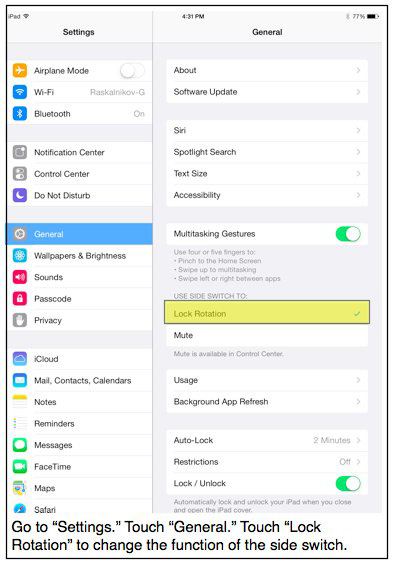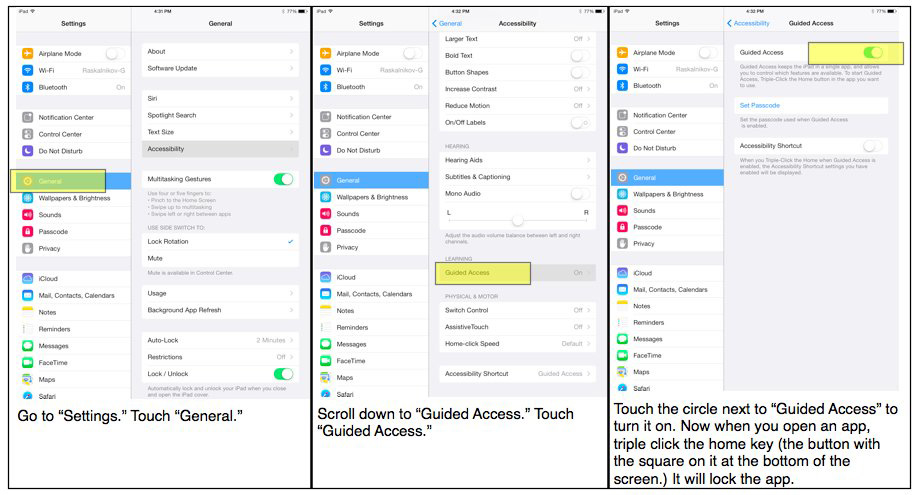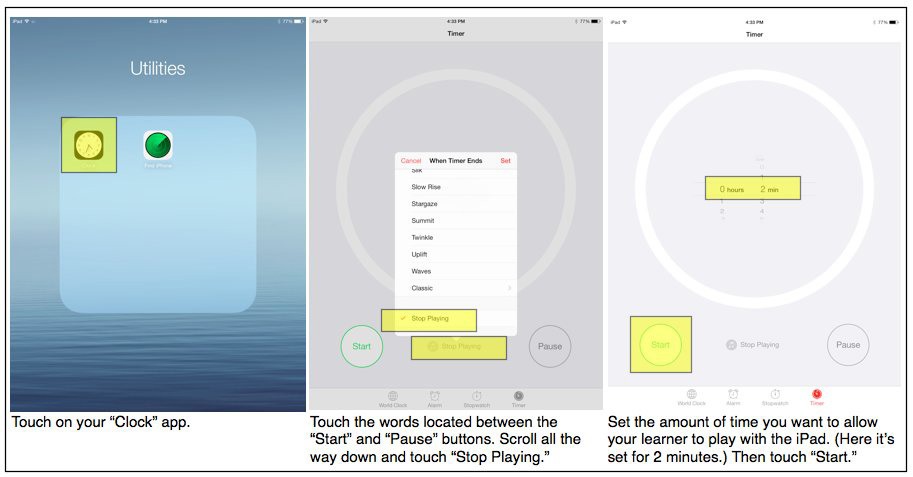Several previous posts have discussed how important it is to have a multi-pronged approach to behavior interventions, including definitions for how caregivers will respond to undesirable behavior, the replacement behavior, and reinforcement. One thing I have not shared is considering response effort when choosing a replacement behavior.
Response effort describes how easy or difficult it is to engage in a behavior. For example, I frequently check my e-mail on my phone. Occasionally, I get an e-mail that requires a lengthy reply. The response effort for typing on the tiny touchpad is much greater than sitting down at my laptop and using the keyboard, so I wait until I can go to my computer to reply to that e-mail. Typing on the keyboard requires less response effort.
 In general, when we make choices about how to behave, whether we are aware of it or not, we choose the behavior that gets the best results with the least response effort. But if a low response effort achieves poor results, we’re probably not going to engage in that behavior. Let’s look at an example of choosing a higher response effort. Let’s say I live down the street from a hair salon, and I go there once but hate my hair cut. I’ll engage in the higher response effort to drive 30 minutes to a salon that gives me a great cut. I want the lowest response effort, but not if it achieves poor results.
In general, when we make choices about how to behave, whether we are aware of it or not, we choose the behavior that gets the best results with the least response effort. But if a low response effort achieves poor results, we’re probably not going to engage in that behavior. Let’s look at an example of choosing a higher response effort. Let’s say I live down the street from a hair salon, and I go there once but hate my hair cut. I’ll engage in the higher response effort to drive 30 minutes to a salon that gives me a great cut. I want the lowest response effort, but not if it achieves poor results.
So how does this apply to interventions in your environment? When you’re choosing a replacement behavior, you should try to make it require less response effort than the undesirable behavior. Here are a couple of examples:
- Every time you teach a math lesson, your learner breaks his pencil and throws it across the room. You’ve identified that the behavior of breaking the pencil functions as escape, meaning that in the past, when he broke his pencil, his consequence was a break, a walk to “calm down,” or a trip to see the dean. You’ve provided a replacement behavior of holding up a stop sign that stays on his desk. When he holds up the stop sign, he is provided with a break. Holding up the stop sign requires much less response effort than breaking a pencil.
- You are the director of a center for learners with autism. Many of your students are being toilet trained during the day. It is important that the providers working with the students wear gloves during the toilet training process. The gloves are on the wall when you enter the bathroom, but you’ve noticed that several providers are still not wearing gloves. One provider tells you that if she forgets to grab the gloves as she’s coming in and the child is already in the stall, it’s too difficult to backtrack and keep an eye on the child. You decrease the response effort by placing a box of gloves inside each stall in the bathroom.
Decreasing the response effort for the desired behavior while simultaneously increasing the response effort for the undesirable behavior can produce even better results. There have been several studies related to increasing response effort for self-injurious behavior such as hand-biting while providing replacement behaviors with a lower response effort.
As you’re developing behavior intervention plans or thinking of ways to improve your teaching environment, you should think through the possibilities of using response effort to encourage appropriate behaviors.
WRITTEN BY SAM BLANCO, MSED, BCBA
Sam is an ABA provider for students ages 3-12 in NYC. Working in education for ten years with students with Autism Spectrum Disorders and other developmental delays, Sam has developed strategies for achieving a multitude of academic, behavior, and social goals. Sam is currently pursuing her PhD in Applied Behavior Analysis at Endicott College.


 Tell.
Tell.

 We’re thrilled to introduce this pioneering curriculum kit containing both the materials and programs to teach each Kindergarten Common Core standard for both English Language Arts and Math. Authored by Sam Blanco, MSEd, BCBA, the curriculum has been created exclusively for students in special education settings using the evidence-based principles of Applied Behavior Analysis (ABA).
We’re thrilled to introduce this pioneering curriculum kit containing both the materials and programs to teach each Kindergarten Common Core standard for both English Language Arts and Math. Authored by Sam Blanco, MSEd, BCBA, the curriculum has been created exclusively for students in special education settings using the evidence-based principles of Applied Behavior Analysis (ABA).




 What’s Happening Here?/What Comes Next? has the students talk about what is going on in the picture or what might happen next.
What’s Happening Here?/What Comes Next? has the students talk about what is going on in the picture or what might happen next. Many students with autism and other developmental disabilities have an IEP that mandates a 1:1 paraprofessional (called an instructional assistant or teaching assistant in some states, but referred to as paraprofessional for the purposes of this article). Recently, I had the opportunity to provide a workshop to a large group of paraprofessionals in New York City. I was surprised to hear how some felt disconnected from the families of their students, especially considering how deep their relationships are with their students.
Many students with autism and other developmental disabilities have an IEP that mandates a 1:1 paraprofessional (called an instructional assistant or teaching assistant in some states, but referred to as paraprofessional for the purposes of this article). Recently, I had the opportunity to provide a workshop to a large group of paraprofessionals in New York City. I was surprised to hear how some felt disconnected from the families of their students, especially considering how deep their relationships are with their students.